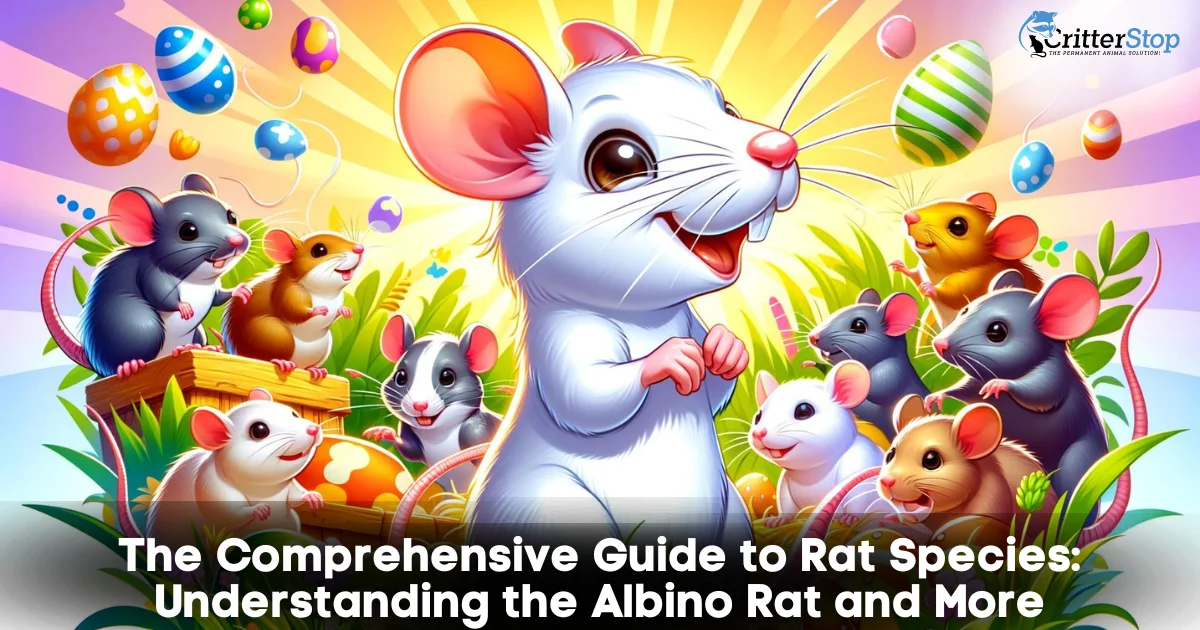
Rats are fascinating creatures that come in various species, each with unique characteristics, behaviors, and habitats. In this piece, we'll delve into a varied array of rat species, providing detailed insights into their lives. Our focus will be on the Albino Rat and other notable species. Let's dive into the world of rats and understand these intriguing rodents better.

The Albino Rat is a standout due to its striking appearance and unique characteristics. These rats are easily recognizable by their pure white fur and striking red or pink eyes, a result of their genetic mutation. Often used in laboratory settings for scientific research, albino rats are prized for their genetic uniformity, which makes them ideal for controlled experiments. They belong to the domesticated brown rat species, known scientifically as Rattus norvegicus.
Albino rats possess a genetic mutation that results in a lack of melanin, giving them their distinctive white coloring and red or pink eyes. This mutation not only affects their appearance but also can influence their vision, making them more sensitive to light. Despite this, albino rats are typically gentle and easy to handle, characteristics that contribute to their popularity as pets. Their calm demeanor and friendly nature crafted to suit both beginners and seasoned pet caregivers alike
The diet of albino rats is diverse and should be well-balanced to ensure their health and vitality. They primarily consume grains, fruits, and vegetables, but their diet also includes protein sources such as insects or eggs. Commercial rat pellets are often used to provide a balanced nutritional base, but fresh produce should be added regularly to their diet. It's crucial to steer clear of offering sugary or fatty treats, as they can trigger health problems like weight gain and diabetes.
Albino rats are highly social animals that thrive in the company of their own kind. They are happiest when kept in pairs or groups, where they can engage in social interactions and establish a hierarchy. Their social nature makes them more active and content when they have companions to play and interact with. Albino rats are also known for their intelligence and curiosity. They thrive on mental challenges and regular exercise to stave off boredom, which can otherwise result in destructive tendencies. Offering toys, tunnels, and chances for exploration their environment can help keep them engaged and happy.

The Marsh Rice Rat (Oryzomys palustris) is a fascinating species that inhabits the wetlands and marshes of the southeastern United States. Adapted to their aquatic environments, these rats have evolved to thrive in areas that other rodents might find challenging.
The Marsh Rice Rat is a medium-sized rodent, typically measuring between 9 to 12 inches in length, including its relatively long tail. They possess brownish-gray fur that helps them blend into their natural habitat, providing camouflage from predators. A standout characteristic is their impressive prowess in swimming, a skill that is essential for navigating the water-rich environments they call home. Their bodies are streamlined, and their fur is somewhat water-resistant, which aids in their aquatic lifestyle.
The diet of the Marsh Rice Rat is diverse, reflecting the abundance of resources in their wetland habitats. They primarily feed on aquatic plants, which provide a steady source of nutrition. Additionally, they consume small fish, crustaceans, and insects, taking advantage of the rich biodiversity of their environment. Seeds and grains are also part of their diet when these are available, showcasing their opportunistic feeding habits. This varied diet helps them maintain a balanced intake of nutrients, essential for their survival and reproductive success.
Marsh Rice Rats are nocturnal creatures, meaning they are most active during the night. This nocturnality helps them avoid many predators and take advantage of the cooler temperatures in their humid habitats. They are elusive by nature, often staying close to water sources where they can quickly escape if threatened. These rats build nests in dense vegetation, which offers protection and a concealed space for raising their young. Their nests are often constructed above the water level to prevent flooding and are made from grasses and other plant materials found in their environment.
Marsh Rice Rats play an important role in their ecosystems, helping regulate insect numbers and acting as prey for various predators. Understanding their behaviors and needs is crucial for the conservation of wetland habitats, which are vital for many species, including the Marsh Rice Rat.
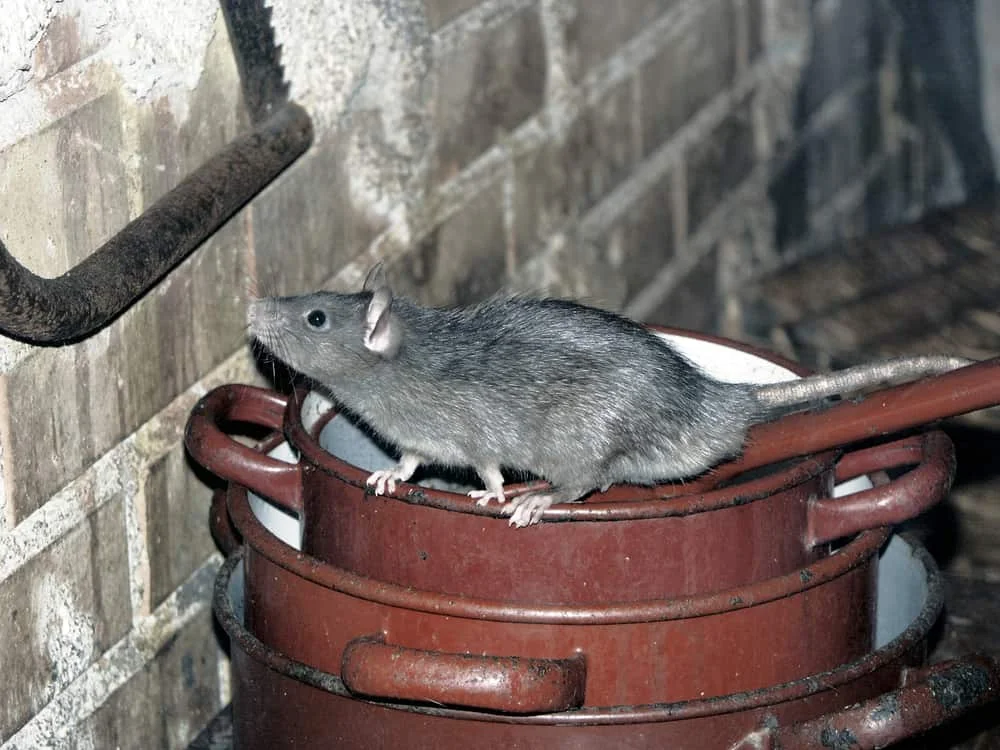
The Roof Rat (Rattus rattus), alternatively referred to as the black rat, is a species renowned for its agility and exceptional climbing abilities. These rodents are commonly found in urban areas, particularly in buildings, attics, and roofs, where they utilize their climbing skills to navigate their environment.
Roof rats have sleek, slender bodies covered in black or dark brown fur, which helps them blend into their surroundings during nighttime activities. They are distinguishable from other rat species by their relatively large ears and pointed noses. Typically, roof rats are smaller and more slender than their cousins, the brown rats (Rattus norvegicus), which gives them an advantage in tight and elevated spaces. Adult roof rats usually measure about 13 to 18 inches in length, including their tails, which are longer than their bodies and aid in balance while climbing.
Roof rats are omnivorous, meaning they have a highly varied diet that allows them to thrive in diverse environments. They primarily feed on fruits, nuts, seeds, and small animals such as insects and bird eggs. Their opportunistic nature also leads them to scavenge human food sources, making them common pests in residential and commercial properties. Roof rats are known to raid pantries, garbage bins, and pet food containers, which can lead to contamination and food spoilage.
One of the most notable behaviors of roof rats is their exceptional climbing ability. They are adept at scaling walls, trees, and utility lines, often entering buildings through small openings in the upper levels. Once inside, they prefer to nest in elevated areas such as attics, roofs, and upper floors. Roof rats are social animals, often living in colonies, which could result in substantial infestations if left unchecked. They're nocturnal creatures, typically displaying heightened activity during the night when they forage for food and water.
Roof rats can be quite destructive, gnawing on wires, insulation, and structural components of buildings. Such conduct not only results in property destruction but also presents a fire risk. Additionally, roof rats are known carriers of various diseases, including leptospirosis, salmonellosis, and rat-bite fever, which can be transmitted to humans and pets.
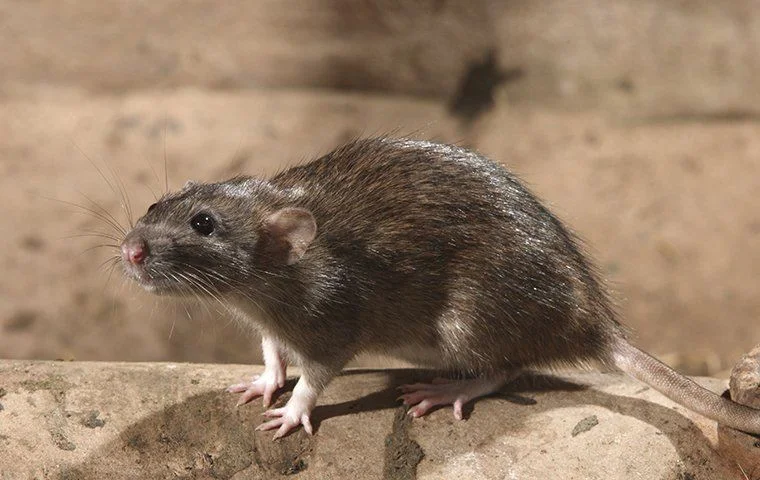
The Sewer Rat, commonly referred to as the brown rat or Norway rat (Rattus norvegicus), is one of the most widespread urban pests. These rats are particularly prevalent in urban environments, where they thrive in sewers, basements, and other ground-level structures. Their adaptability and resilience have made them a common sight in cities around the world.
Sewer rats are robust rodents, characterized by their thick, brown or gray fur and blunt snouts. They are significantly larger and stockier than roof rats, with adult sewer rats typically measuring between 16 to 20 inches in length, including their tails. Their bodies are well-suited to their environment, with powerful limbs and strong, sharp teeth that have the ability to chew through different materials, including plastic, wood, and even soft metals.
The diet of sewer rats is incredibly varied, reflecting their adaptability to urban settings. They are omnivorous and will consume almost anything available, including grains, meats, fruits, and garbage. Their scavenging habits lead them to human food waste, making them frequent visitors to dumpsters, trash cans, and kitchens. This diverse diet not only supports their sustenance but also enables them to flourish in diverse environments where food availability may fluctuate.
Sewer rats are known for their burrowing behavior, often creating extensive tunnel systems in and around urban areas. These tunnels provide them with shelter, nesting sites, and routes to food sources. In sewers, basements, and other ground-level structures, they construct nests using shredded paper, fabric, and various other materials. Being nocturnal, they are primarily active at night, when they scavenge for food.
One of the most concerning aspects of sewer rat behavior is their prolific breeding.A solitary pair of rats can generate hundreds of offspring within a single year, leading to rapid population growth if left unchecked. This ability to form large colonies makes them a significant pest control challenge. Their presence in urban environments also poses health risks, since they are recognized carriers of numerous diseases, such as hantavirus, leptospirosis, and salmonellosis. Additionally, their gnawing can cause structural damage and even pose fire hazards when they chew through electrical wiring.
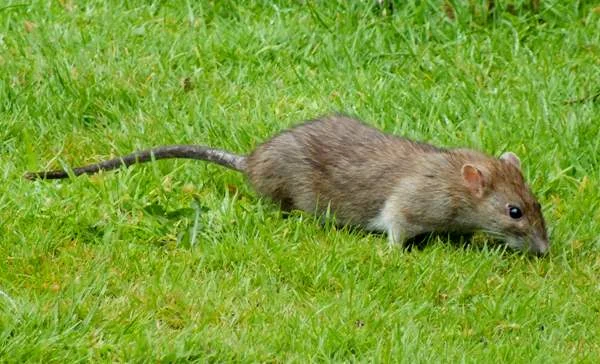
The Brown Rat (Rattus norvegicus), also known as the Norway rat, is one of the most common and widespread rat species globally. These rats are found in both urban and rural areas, frequently near human habitation where food and shelter are readily available.
Brown rats are large rodents, typically measuring between 16 to 20 inches in length, including their long, scaly tails. Their fur is rough and comes in shades ranging from brown to gray. They have a sturdy build with a blunt snout, small ears, and large, black eyes. One of their standout traits is their ability to adapt and their resilience, allowing them to thrive in a wide range of environments, from bustling cities to quiet farmlands.
The diet of brown rats is highly varied and opportunistic. They consume a wide range of foods, including cereals, fruits, vegetables, and various types of waste. Their omnivorous diet allows them to exploit numerous food sources, making them particularly successful in human-dominated environments. In urban areas, they are often found scavenging in garbage bins, sewers, and food storage areas. In rural settings, they may feed on crops, grains, and livestock feed.
Brown rats are social animals that live in extensive burrow systems. These burrows provide them with shelter, nesting sites, and protection from predators. They are recognized for their intelligence and aptitude in problem-solving, which help them navigate and exploit their environments effectively. Brown rats are nocturnal, meaning they are most active during the night when they forage for food and water.
Their social hierarchy is structured, with dominant individuals exerting control over resources and breeding opportunities. This social organization can lead to significant infestations if not managed, as brown rats reproduce quickly and can produce large litters multiple times a year. Each litter can consist of up to 14 pups, and under optimal conditions, a single pair of rats can result in hundreds of offspring within a year.
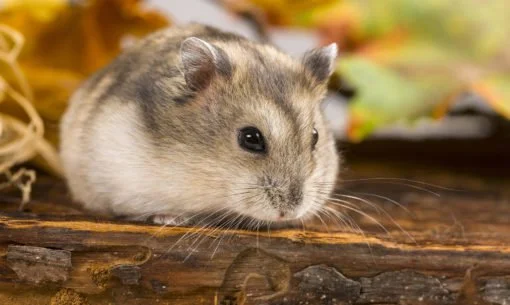
The Hamster Rat is a less common and somewhat enigmatic species known for its distinctive hamster-like appearance. These rats inhabit a range of environments, from forests to grasslands, though specific details about the species can vary widely.
Hamster rats are notable for their large cheek pouches, which they use to store and transport food, similar to hamsters. They are small to medium-sized rodents, with body lengths typically ranging from 4 to 8 inches, not including the tail. Their fur color can vary greatly, encompassing shades of brown, gray, and occasionally even more vibrant hues. These physical adaptations help them thrive in their respective environments by allowing them to gather and save food efficiently.
The diet of hamster rats is diverse and largely dependent on their habitat. They primarily consume seeds, nuts, and fruits, which they find in abundance in their natural environments. Additionally, they include insects in their diet, providing a valuable source of protein. One of their most interesting behaviors is hoarding food. They use their large cheek pouches to collect food, which they then store in their burrows or nests. This behavior ensures they maintain a food reserve for times of scarcity in resources.
Hamster rats are predominantly nocturnal, meaning they are most active during the night. This nocturnality helps them avoid many predators and the heat of the day, especially in warmer climates. Unlike many other rat species, hamster rats are solitary creatures. They opt for solitary living rather than residing in groups, which makes them less social than their more communal relatives. This solitary nature is reflected in their nesting habits; they typically build isolated burrows or nests, often hidden in dense vegetation or underground.
Their solitary and nocturnal lifestyle makes them elusive and harder to study compared to more common rat species. Despite their less social behavior, hamster rats are fascinating for their unique adaptations and behaviors, which highlight the diversity within the rodent family.
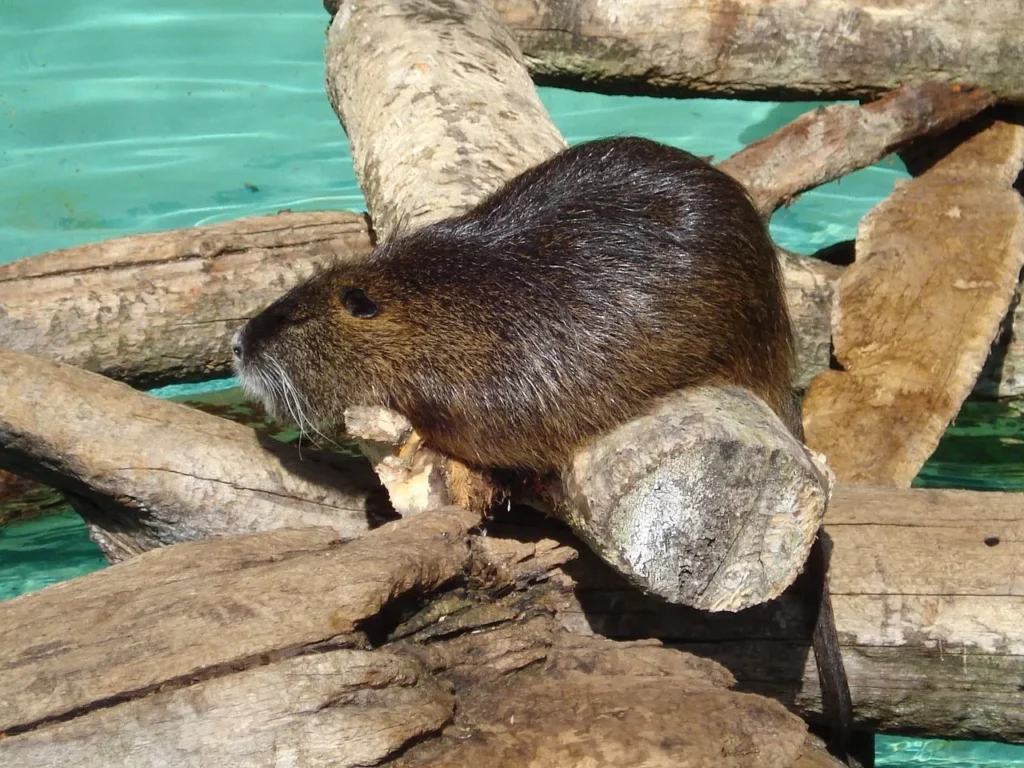
The term River Rat can refer to several aquatic rodent species, most notably the nutria (Myocastor coypus). These animals are commonly found along riverbanks, lakes, and marshes, particularly in South America and some regions of the United States.
River rats are distinguished by their adaptations for an aquatic lifestyle. They possess webbed hind feet, which make them excellent swimmers, and dense, waterproof fur that provides insulation and keeps them dry while in the water. These rodents are significantly larger than common rats, with body lengths ranging from 16 to 24 inches and an additional tail length of 12 to 16 inches. Their fur is typically brown, though some individuals may have lighter or darker shades.
The diet of river rats primarily consists of aquatic vegetation, including roots, tubers, and various water plants. They are herbivorous for the most part, but they can also consume small animals, fish, and invertebrates when available. This diverse diet helps them thrive in their watery habitats, where plant material is abundant.
River rats are highly proficient swimmers, spending much of their time in and around water. They build extensive burrow systems along riverbanks, which provide shelter and protection from predators. These burrows often have multiple entrances, including some that open underwater, offering a quick escape route if threatened. River rats are diurnal and nocturnal, indicating they are active throughout both day and night. This adaptability in their activity patterns enables them to access a diverse array of food sources and evade predators.
Their social structure can vary; some live in small family groups, while others may be more solitary. Nutria, in particular, are known for their destructive feeding habits, which can cause significant damage to wetland ecosystems. They often strip large areas of vegetation, resulting in erosion and habitat depletion for other species.

The Bunny Rat is a unique and intriguing species known for its rabbit-like characteristics. These rodents are typically found in forested areas with dense vegetation, where they can remain well-hidden from predators and human activity.
Bunny rats are medium-sized rodents that have evolved to resemble rabbits in certain ways. They have large ears, which enhance their hearing abilities and aid in detecting predators. Their tails are short, similar to a rabbit's, and their fur is soft and plush. This resemblance to rabbits is not just superficial; it also influences their behavior and habitat preferences.
The diet of bunny rats is primarily herbivorous. They feed on a variety of grasses, herbs, and seeds found in their forested habitats. Additionally, they may consume small insects, providing them with occasional protein. This diverse diet helps them to thrive in environments where plant material is abundant, and their ability to consume a wide range of foods ensures they can find sustenance throughout the year.
Bunny rats are known for their shy and elusive nature. They prefer to stay hidden in dense vegetation, which provides them with cover from predators and human disturbances. This behavior makes them difficult to spot and study. They are predominantly nocturnal, indicating they are most active during the night. This nocturnality helps them avoid many daytime predators and take advantage of cooler nighttime temperatures.
Their shyness and preference for dense vegetation also mean they rely heavily on their keen senses to navigate and survive in their environment. Bunny rats often create intricate burrows or nests within thick underbrush, where they can safely rest during the day. These hiding places are strategically chosen to offer maximum protection and concealment.

The Must Rat or Muskrat is a rare and distinctive species known for its unique features and specialized habitat preferences. These rats are typically found in forested areas with dense undergrowth, where they thrive in the secluded and shaded environment.
Must rats are small rodents characterized by their dark fur and pointed snouts. One of their most notable features is the musky odor they emit, which is the origin of their name. This musky scent is likely used for communication and marking territory. Their fur is usually dark, which helps them blend into the shadowy forest floor, providing camouflage from predators. They have sharp claws and agile bodies, well-adapted for navigating through thick underbrush.
The diet of must rats is diverse and primarily consists of insects and small invertebrates. They are insectivorous, relying on a steady intake of bugs and other small creatures to meet their nutritional needs. Additionally, they consume plant matter, including leaves, seeds, and fruits, supplementing their diet and ensuring they get a balance of nutrients. This varied diet helps them adapt to the seasonal availability of food in their forest habitats.
Must rats are solitary animals, preferring to live and forage alone rather than in groups. This solitary nature reduces competition for food and resources within their species. They are nocturnal, indicating their peak activity occurs during the night. This nocturnality allows them to avoid many daytime predators and take advantage of cooler temperatures and the cover of darkness. During the day, they typically rest in nests made from leaves and twigs, hidden deep within the dense undergrowth.
Their musky odor plays a crucial role in their behavior, likely helping them mark their territory and communicate with other must rats. This scent marking is an important aspect of their solitary lifestyle, as it helps them avoid encounters with others of their kind, thus reducing the risk of conflict.

The Kangaroo Rat (Dipodomys spp.) is a small rodent renowned for its distinctive kangaroo-like hopping. These fascinating creatures are native to the arid and semi-arid regions of North America, thriving in environments such as deserts and scrublands.
Kangaroo rats are easily recognizable by their long hind legs and tufted tails, adaptations that enable their remarkable leaping ability. These small rodents typically have sandy-colored fur that blends seamlessly with their desert surroundings, providing effective camouflage. Their large hind legs and feet are used for jumping, which is their primary mode of locomotion, allowing them to quickly escape predators and traverse their arid habitats.
The diet of kangaroo rats is primarily composed of seeds and grains, which are abundant in their native habitats. Occasionally, they may also consume insects, adding a bit of protein to their diet. One of the intriguing facets of their diet is their capability to acquire all necessary moisture from their food. Kangaroo rats do not need to drink water; instead, they metabolize moisture from the seeds and grains they eat, an essential adaptation for survival in their dry environments.
Kangaroo rats are nocturnal and solitary creatures. They are most active during the night, which helps them avoid the extreme daytime temperatures of their desert habitats. During the day, they retreat to their burrows, which they dig in the ground to provide shelter and a cooler environment. These burrows are often complex, with multiple chambers for sleeping, food storage, and escape routes.
Their nocturnal habits and solitary nature mean that kangaroo rats rarely interact with each other outside of the breeding season. They communicate through a series of foot drumming signals and other behaviors, which help them establish territory and warn of predators. Their ability to leap long distances is a key survival trait, allowing them to quickly evade threats.

The Champagne Rat is a domesticated variety of rat known for its unique and attractive fur color. These rats are a popular choice among pet owners due to their friendly nature and striking appearance.
Champagne rats are medium-sized rodents with a distinctive light, champagne-colored coat. Their fur is smooth and glossy, and they often have pink eyes, adding to their unique look. This particular coloring is a result of selective breeding, aimed at enhancing their aesthetic appeal. Champagne rats are known for their gentle and friendly temperament, making them excellent pets for both individuals and families. They are curious and enjoy interacting with their human caretakers.
The diet of champagne rats is similar to that of other domesticated rats. They thrive on a balanced diet that includes commercial rat food, which provides essential nutrients. Fresh fruits and vegetables should be regularly included to ensure they receive a variety of vitamins and minerals. Occasionally, they can be given treats like nuts, seeds, or small pieces of cooked meat, but these should be offered in moderation to avoid obesity and other health issues. A balanced diet is essential for preserving their overall health and vitality.
Champagne rats are highly social animals that thrive in groups. They enjoy the company of other rats and can often be seen grooming each other, playing, and sleeping together. Their social nature means they can become lonely and stressed if kept alone, so it's recommended to keep them in pairs or small groups. These rats are also very intelligent and enjoy interactive play. Supplying them with toys, tunnels, and chances for mental stimulation is vital to ensure their engagement and happiness. They can master navigating mazes, performing tricks, and even recognizing their names.
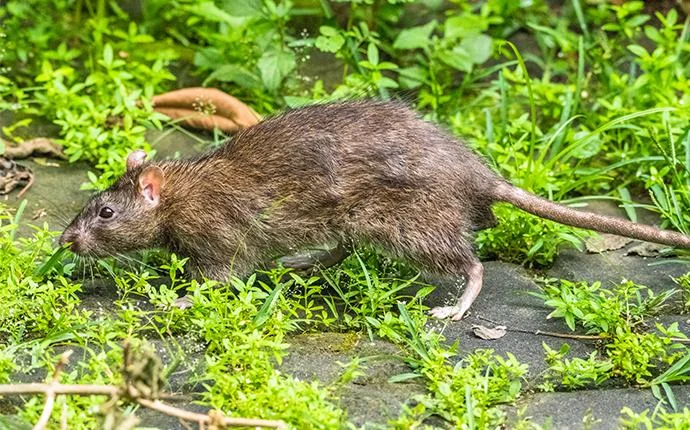
The Norway Rat (Rattus norvegicus) is a common and significant pest found throughout Texas. These rats thrive in both urban and rural areas, causing numerous problems for residents and businesses alike.
Norway rats in Texas are robust rodents, characterized by their large size and aggressive nature. They typically have coarse brown or gray fur, a blunt snout, and small ears. Adult Norway rats can measure up to 16 to 20 inches in length, including their tails. Their strong, stocky bodies are well-adapted for burrowing and navigating through various environments, from city streets to rural farmlands.
The diet of Norway rats is highly varied, reflecting their opportunistic feeding habits. They consume a diverse array of foods, encompassing grains, meats, fruits, and vegetables. In urban areas, they are notorious for scavenging garbage, pet food, and any food waste they can find. This adaptability in their diet allows them to thrive in diverse environments and contributes to their persistence as pests.
Norway rats are known for their burrowing behavior. They create extensive tunnel systems and nests underground, often beneath buildings, sidewalks, and other structures. These burrows provide them with shelter, nesting sites, and protection from predators. Their burrowing can cause significant structural damage, resulting in weakened foundations and creating entry points for other pests.
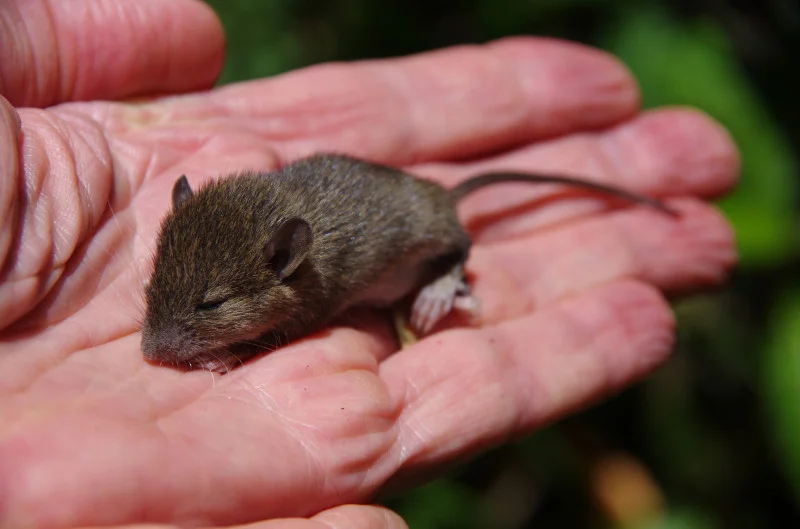
The Mountain Rat is a resilient species adapted to the challenging conditions of high-altitude environments. These rats are typically found in mountainous regions, where their unique adaptations help them thrive.
Mountain rats are medium-sized rodents with a sturdy build, well-suited to their rugged habitats. They possess thick fur that provides insulation against the cold temperatures often found at high altitudes. Their strong limbs and sharp claws are essential for climbing and navigating rocky terrain. This combination of physical traits allows them to move efficiently and maintain their body heat in harsh environments.
The diet of mountain rats is diverse and reflects the resources available in their alpine habitats. They primarily feed on alpine plants, which provide the necessary nutrients for their survival. Seeds are also a significant part of their diet, offering a rich source of energy. Additionally, they consume small insects, adding protein to their diet. This varied diet ensures they get a balanced intake of nutrients, essential for maintaining their health and energy levels in their demanding environment.
Mountain rats are solitary and highly territorial animals. They favor solitary living over group arrangements, which helps reduce competition for limited resources. Their territorial nature means they are often found defending their nesting areas from intruders. These rats build their nests in rocky crevices, which provide protection from predators and the elements. The choice of nesting sites also helps them stay hidden and secure in their high-altitude homes.
In this article, we have delved into the fascinating diversity of rat species, covering various unique characteristics, diets, and behaviors. From the gentle White Albino Rat and the agile Roof Rat to the resilient Sewer Rat and the striking Piebald Rat, we have explored the adaptability and uniqueness of these remarkable rodents. Our next article will continue our investigation with detailed information on the Marsh Rat, Palmetto Rat, White-Tailed Rat, and more.
Having a rat infestation can pose significant risks to your health and property. Rats can carry diseases, cause structural damage, and contaminate food sources. If you suspect a rat infestation in your home or business, addressing it promptly and effectively is crucial. Contact us at Critter Stop for professional and humane rat removal services. Our experienced team is here to help you safeguard your health and protect your property from these invasive pests. Call us at (214) 234-2616 now!
Visit our Critter Library and learn more about our furry friends